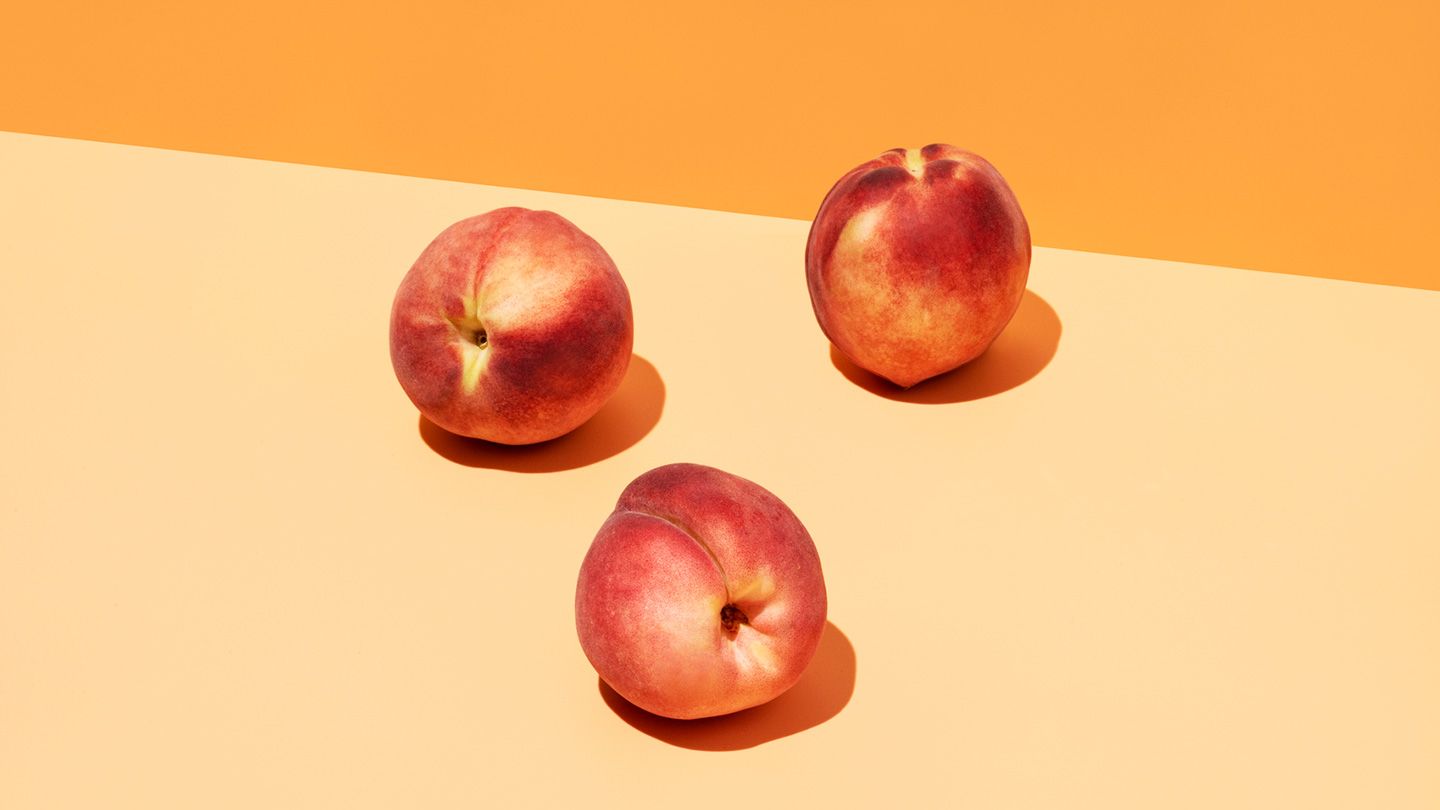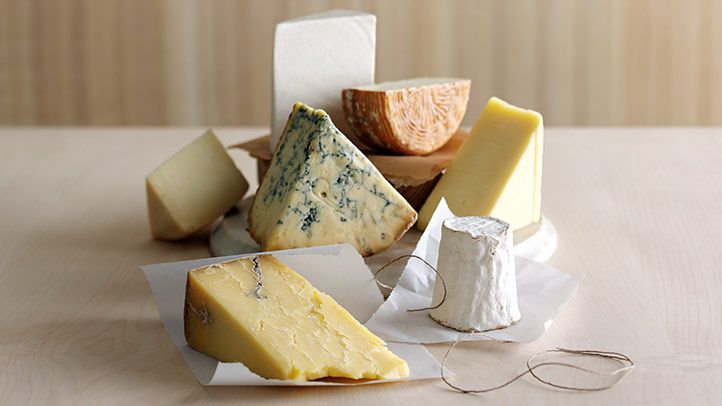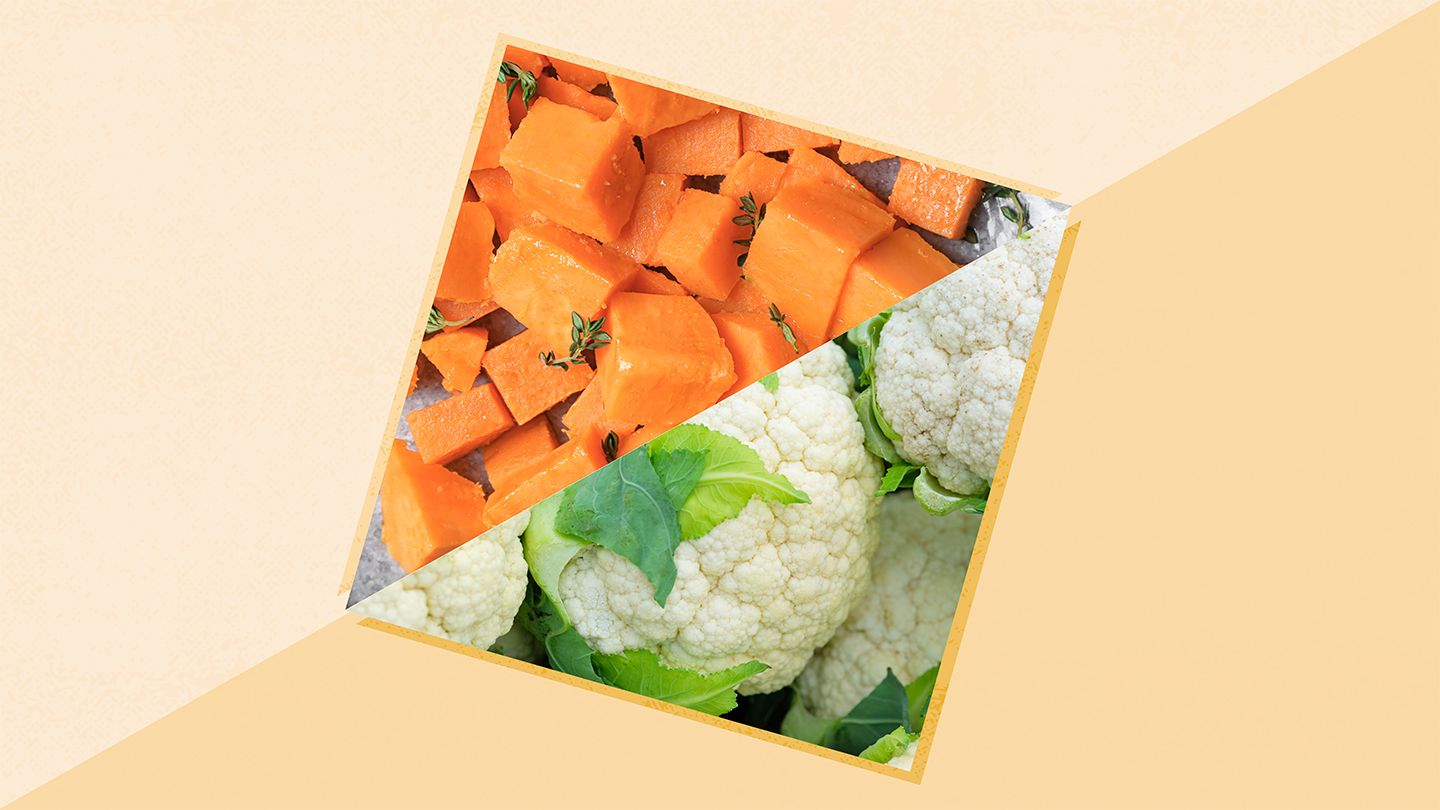An Overview of Canned Kraft Cheese
Cheese is a beloved ingredient and food item for many people. The savory, salty, rich flavors make cheese an extremely versatile item to cook with or eat on its own. There are many different types of cheese available, from hard aged cheeses to soft and creamy ones. Cheese comes from milk and has had certain processes applied to change the underlying milk into the solid, flavorful dairy product we know. One popular type of cheese is the processed and canned cheese made by Kraft Foods.
What is Kraft Cheese?
Kraft Foods is one of the largest food manufacturing companies in the world. They produce many iconic cheese brands and products like Cracker Barrell, Philadelphia cream cheese, Velveeta, Cheez Whiz, and more. Their canned cheese line is known for being shelf-stable, uniform in texture, and having a long refrigerated shelf life after opening. Some of Kraft's most popular canned cheese options include:
- Cheddar cheese spread
- Swiss cheese spread
- American cheese slices or spread
- Nacho cheese sauce
- Jalapeo cheese spread
Kraft cheeses tend to have higher amounts of emulsifiers, saturated fats, sodium, and preservatives compared to natural cheese varieties. However, they melt uniformly for cooking and baking needs. The canned format also makes them convenient to store without refrigeration before opening.
Benefits of Canned Kraft Cheese
There are a few key benefits that make canned Kraft cheese products handy to keep stocked in your pantry:
- Non-perishable - Unlike regular blocks of cheese, the canned Kraft cheeses are shelf-stable and safe at room temperature before opening the can.
- Always melts smoothly - Great for recipes when you need something like melty cheese sauce or perfectly gooey sandwiches.
- Does not require refrigeration - Making them convenient for things like camping trips, gift baskets, emergency food stocks, and disaster preparedness kits.
- Uniform texture and flavor - You get consistent results when cooking compared to natural cheese that varies from batch to batch.
- Typically less expensive - Processed cheeses have lower production costs compared to artisan cheese varieties.
Nutrition & Ingredients
The main ingredients you will find in canned Kraft cheeses include:
- Cheese culture & milk products
- Emulsifying salts
- Vegetable oil
- Milk protein concentrate
- Food starch
- Preservatives like sorbic acid
- Artificial food coloring
- Saturated fats
- Sodium
Many types of canned cheese spreads have 10-15% saturated fat per serving along with 15-25% of your Daily Value for sodium. As a processed food, they do not offer much nutritional value beyond calories and some protein. Fat, sodium, and preservatives allow the cheeses to remain stable at room temperature without spoiling quickly after opening.
How To Use Canned Kraft Cheese
The smooth, creamy texture of canned Kraft cheese makes it extremely versatile to use in hot or cold applications:
- Quesadillas, tacos, nachos, or enchiladas
- Grilled cheese sandwiches
- Burgers, patty melts, or chicken sandwiches
- Dip for vegetables, pretzels, chips, or crackers
- Mixed into macaroni and cheese or pasta bakes
- Lasagna, moussaka, or cannelloni filling
- Pizza sauce or stuffed crusts
- Cheese sauce for vegetables, eggs, or meat
- Cheese balls for parties served with crackers
- Added to canned soup or chili
The canned format allows you to use cheese in recipes when you might not have fresh cheese on hand. It lasts for a few weeks in the refrigerator after opening. The ability to melt smoothly makes canned cheese perfect for any hot sandwich or casserole.
Storage & Shelf Life
Unopened canned Kraft cheese will easily last 1-2 years in your pantry before the "best by" date. It does not require any refrigeration unlike most regular cheeses. Once opened, it lasts 3-4 weeks in the refrigerator depending on ingredients. Make sure to reseal the package or storage container fully between uses.
Over time, the oils may separate out a bit in an opened can in the refrigerator. Simply stir the cheese before using to reincorporate everything. Also check for mold before eating, just like you would with any cheese product. Discard immediately if you see any fuzzy mold.
For the longest shelf life past the expiry date, consider freezing opened canned cheese in an airtight container. It can keep for 4-6 months in a 0F freezer safely. Thaw overnight in the fridge before using.
Common Brands & Flavors
Kraft offers many tasty flavors and varieties so you can always have your favorite cheese on hand!
Cheddar Cheese Spread
This smooth and creamy cheddar cheese spread has a vibrant orange color. It works well for cooking, sandwiches, crackers, and cheese boards.
American Cheese Slices
These American cheese slices have the perfect meltability for burgers and grilled cheeses. They come individually wrapped in a handy stack pack.
Velveeta Original
The mild cheddar and Colby flavors blend together in this famous smooth, creamy cheese formula. It's a staple for many mac and cheese recipes.
Cheez Whiz Original
The iconic bright orange Cheez Whiz sauce pairs well with crackers, pretzels, nachos, sub sandwiches, and more thanks to its zesty flavor.
Jalapeo Cheese Spread
Spice lovers will enjoy bites of real jalapeo blended into this smooth and creamy cheese spread. Try it as a fiery sandwich topping or chip dip.
Frequently Asked Questions
Is canned cheese safe to eat?
Yes, commercially mass-produced canned cheeses must meet food safety standards for shelf-stable manufacturing. As long as the can is undamaged and not expired, it is perfectly safe to eat.
Why does canned cheese last so long unopened?
The combination of pasteurization, preservatives, and canning allows the cheese to remain safe and preserved at room temperature for extended periods of time, usually at least a year.
Can you freeze opened canned cheese?
Absolutely! Freezing is a great way to prolong the shelf life after opening. It keeps for 4-6 months in airtight packaging in the freezer.
How long does opened canned cheese last in the fridge?
You can expect 3-4 weeks of freshness from refrigerated canned cheese after opening. Always check for mold before eating just to be safe.
With its smooth, creamy texture and shelf stability, canned Kraft cheese is a handy staple for cooking, snacking, and food prep. There's a melted cheese solution for every recipe and craving!
FAQs
What's the difference between pasteurized process cheese and canned cheese?
Pasteurized process cheese is made from natural cheese ingredients that are melted, blended, and stabilized for uniform texture. Canned cheese tends to have more emulsifiers, saturated fat, and preservatives to make it shelf-stable. The ingredients and recipes vary between the two.
Is Kraft Singles real cheese?
Kraft Singles contain real cheese cultures and milk products, but they have additional ingredients added as well. Legally they are classified as a "pasteurized prepared cheese product" since they don't meet the FDA definition for true natural cheese.
Can you substitute fresh cheeses in recipes calling for canned cheese?
You can try substituting equal amounts of shredded natural cheeses, but keep in mind the texture and melt factor may differ. Canned cheese melts very smooth for recipes like dips, sandwiches, pasta, and casseroles.
Why is processed cheese orange?
Annatto extract made from the reddish pulp around seeds of the achiote tree is used as natural food coloring to make many cheddar style cheese products appear more orange. It brings a brighter, richer color.
Disclaimer: This article is for informational purposes only and does not constitute medical advice. Always consult with a healthcare professional before starting any new treatment regimen.
Related Coverage
Want to drink rum on keto? Learn the carb count of popular rum varieties like white, spiced, dark, flavored and overproof to make the best low carb choices....
White, portobello, shiitake and other mushrooms are low in net carbs with 2-4g per serving. Learn the carb count, keto-friendliness, and health benefits of common mushroom types....
With 6g net carbs per fruit, nectarines can fit into keto diets in moderation. Learn how to incorporate nectarines alongside nutritious low carb foods....
Get the nutrition breakdown for Patron Silver tequila and learn what alcoholic beverages may fit into a keto diet, plus which drinks to avoid with their high carb counts....
Protein shakes are a useful tool for intermittent fasters. Learn how they provide energy, preserve muscle, and curb hunger during fasting windows....
Get the scoop on the best and worst cheeses for a low carb or keto diet. Discover which high and low lactose cheeses to choose plus delicious cheese recipes....
Most types of seaweed are low in carbs and suitable for a keto diet. Seaweed provides nutrients and benefits like aiding digestion, reducing inflammation, and supporting brain and thyroid health....
This in-depth look at cream cheese nutrition provides details on its nutrients, health benefits, downsides, different types, and how it fits into diets like keto....
Discover the net carb content, portion sizes, and nutritional benefits of nectarines, a sweet and juicy stone fruit that can fit seamlessly into a ketogenic diet....
Learn about the science behind ketogenic diets, their potential weight loss and health benefits, risks to monitor, and the best keto diet books for guidance....









